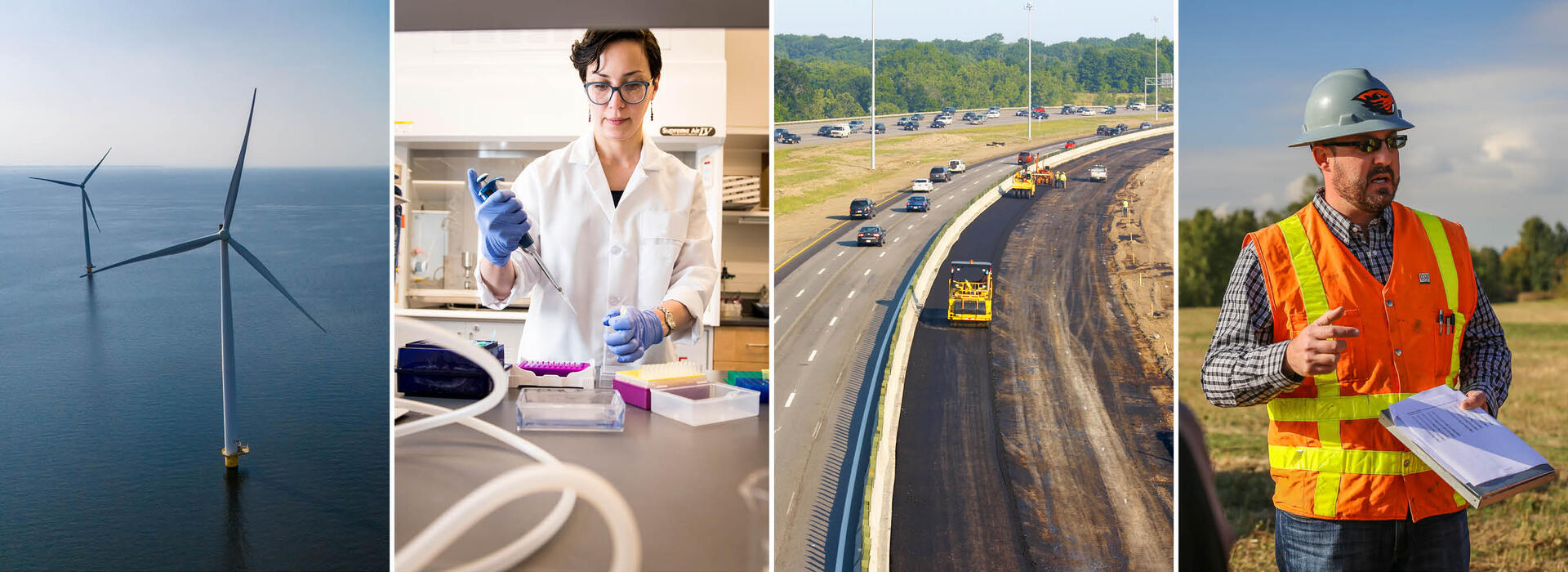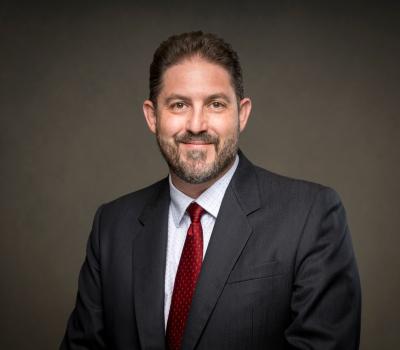1. Advancing marine technology
$14.7 million
Source: Department of Energy
PI: Bryson Robertson
This grant supports research and development activities at the Pacific Marine Energy Center focused on advancing marine energy technology. Projects include testing energy converter components, developing systems to protect river turbines from debris, simulating performance, and studying environmental impacts, and aiming to improve this renewable energy source for industry advancement.
2. Tracking antibiotics in wastewater
$2.1 million
Source: Environmental Protection Agency
PI: Tala Navab-Daneshmand
Determining the prevalence, abundance, and fate of antibiotics and antibiotic-resistant bacteria in U.S. wastewater treatment systems is important to maintaining the health of our water supply. By studying how regional differences, population demographics, and treatment processes impact these markers, Navab-Daneshmand and team aim to improve understanding of their spread and help protect water quality.
3. Growing Oregon’s semiconductor industry
$2 million
Source: Oregon Higher Education Coordinating Commission
PI: Julie Brandis
These state funds will support Oregon State University’s investments in semiconductor workforce and infrastructure, including faculty, graduate students, curriculum development, and equipment.
4. Teaching robots to perform complex tasks
$1.2 million
Source: DARPA
PI: Alan Fern
This project aims to develop a new AI framework that allows robots to quickly adapt what they learn in simulation to real-world situations. This approach will help robots perform complex tasks like walking, manipulating objects, and assisting with physically demanding work in unpredictable environments.
5. Connecting marine energy to microgrids
$1.1 million
Source: Battelle Memorial Institute
PI: Joseph Piacenza
This grant supports approaches to connecting marine energy generating systems to microgrids, local energy grids that can be connected to the main energy grid or operated independently.
6. Securing infrastructure from earthquake threats
$1 million
Source: National Science Foundation
PI: Armin Stuedlein
Improved understanding of the dynamic and liquefaction responses of gravelly soils will serve to advance fundamental knowledge of these soils and help secure resilience of the nation’s civil infrastructure against earthquake hazards.
7. Helping vets prepare for semiconductor jobs
$1 million
Source: Oregon Higher Education Coordinating Commission
PI: Tom Weller
Using state funds, Oregon State launched the VETS-UP program in partnership with Analog Devices Inc. to equip military veteran students with valuable skills in processing, electronics, and robotics for a successful semiconductor career.
8. Predicting nuclear fuel performance and safety
$855,000
Source: Department of Energy
PI: Tianyi Chen
The goal of Chen’s research is to develop accurate computer models to predict nuclear fuel performance and safety, especially the release of gases during normal operation and under transient conditions.
9. Examining radiation’s effects on metal alloys
$800,000
Source: Department of Energy
PI: Julie Tucker
Different types of radiation can have varied effects on the structural stability of metal alloys used in nuclear reactors. This research aims to predict how these materials degrade over time and help accelerate the testing of new alloys.
10. Improving work zone safety
$600,000
Source: National Academy of Sciences
PI: John Gambatese
The goal of this grant is creating a guide and predictive tools to help state transportation agencies estimate the likelihood of vehicles entering highway work zones and develop prevention strategies to improve safety management and decision-making.
11. More accurate surveying for transportation projects
$600,000
Source: National Academy of Sciences
PI: Michael Olsen
The focus of this award is developing a guide for transportation agencies on identifying the required accuracy for mapping and surveying data used in transportation projects to promote consistent practices and standards.
12. Understanding growth behavior of biofilms
$540,000
Source: Department of Energy
PI: Dorthe Wildenschild
Wildenschild and her team will use advanced imaging and deep learning techniques to visualize and study the 3D growth behavior of microbial biofilms. This research aims to understand how these communities of microorganisms respond to environmental stresses, which could lead to advancements in areas like bioremediation, bioenergy, and water treatment.















